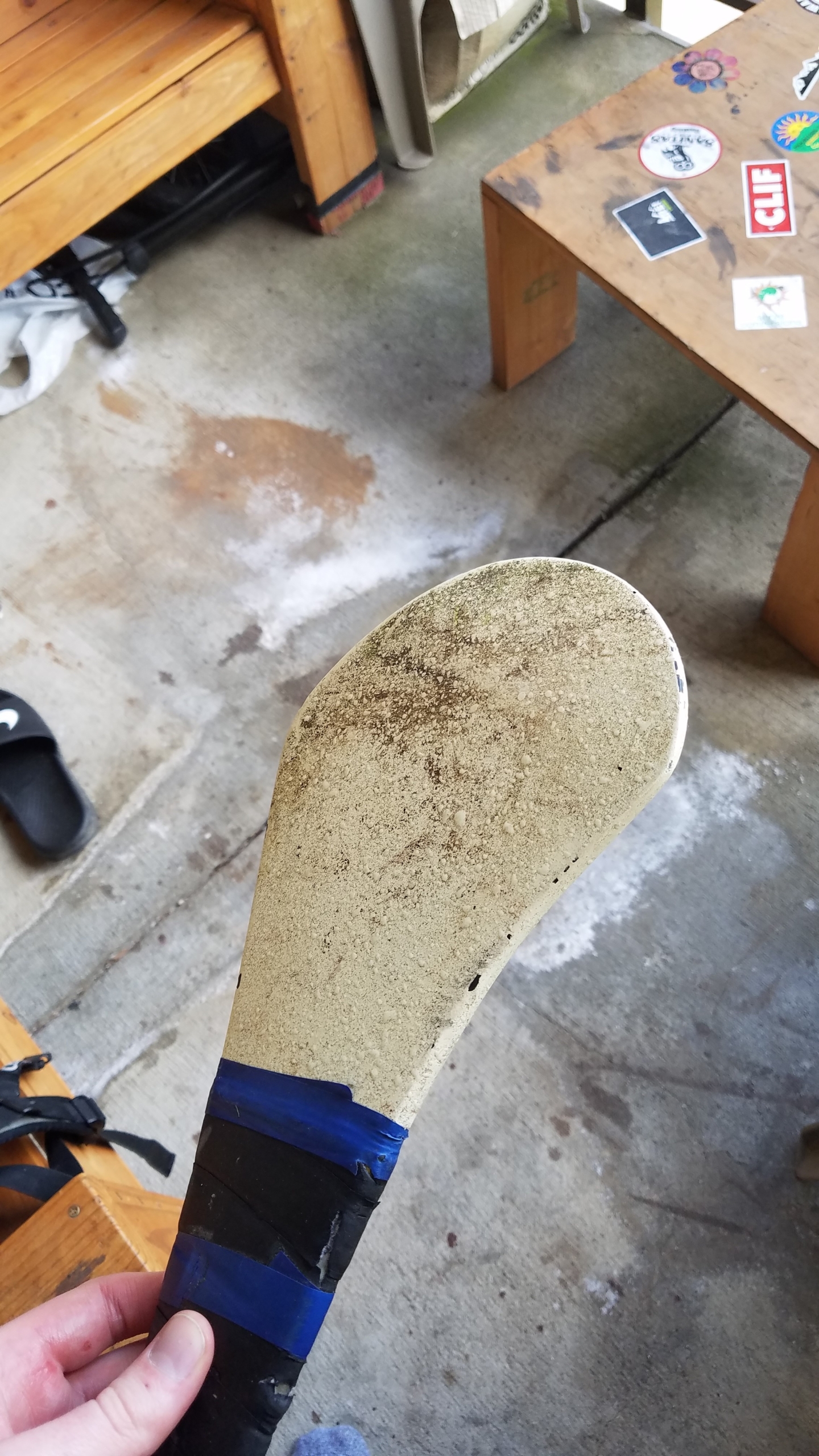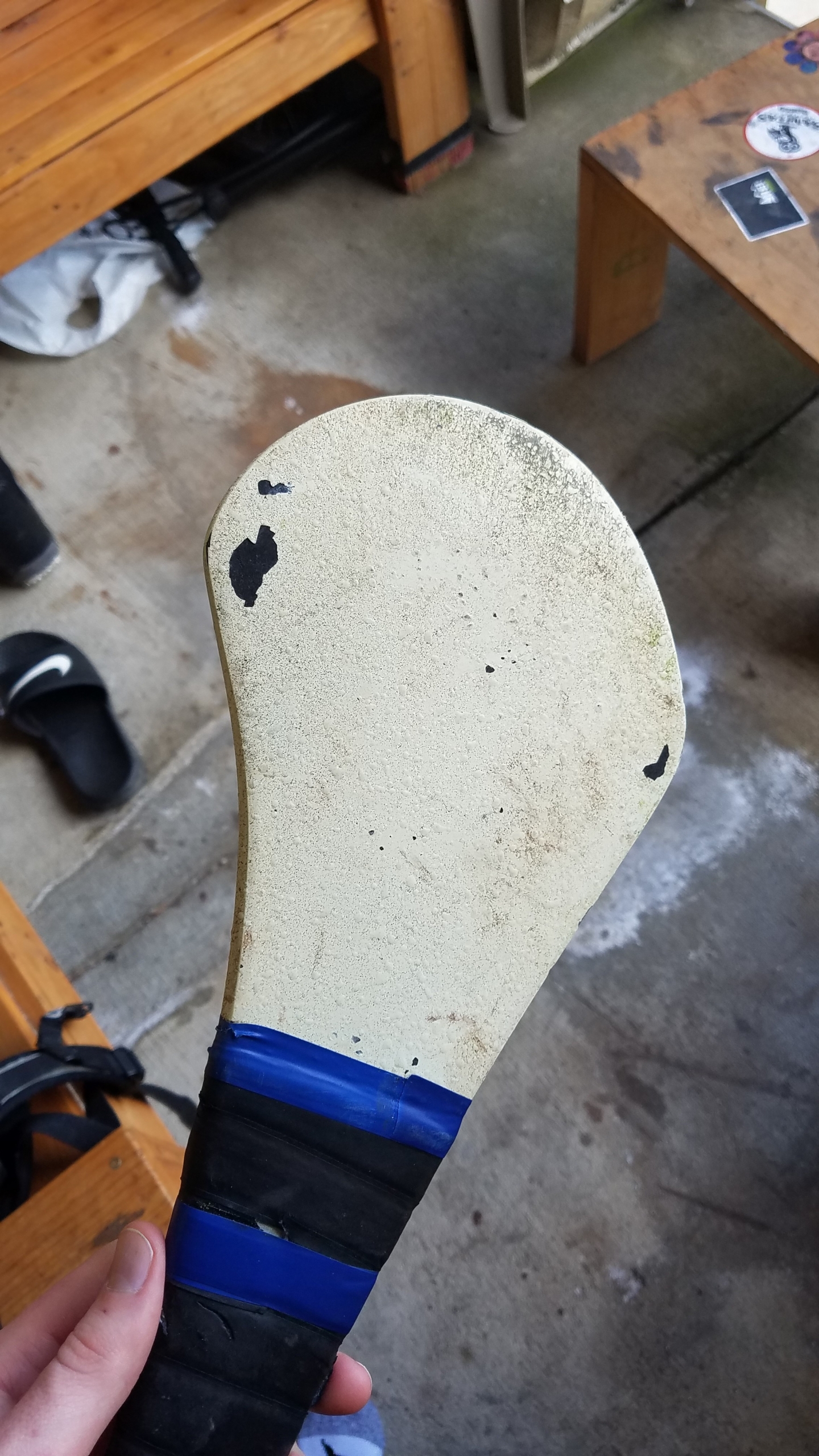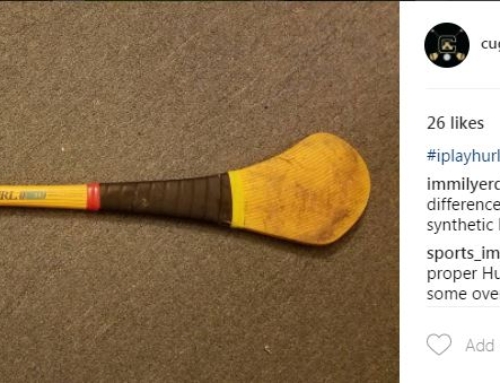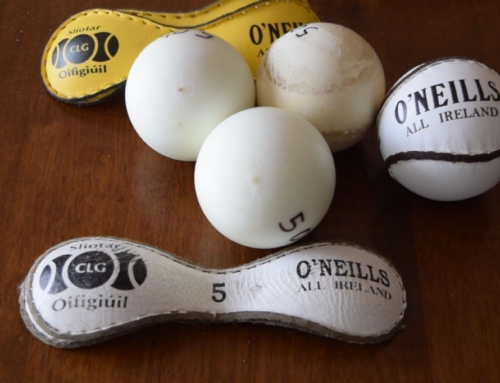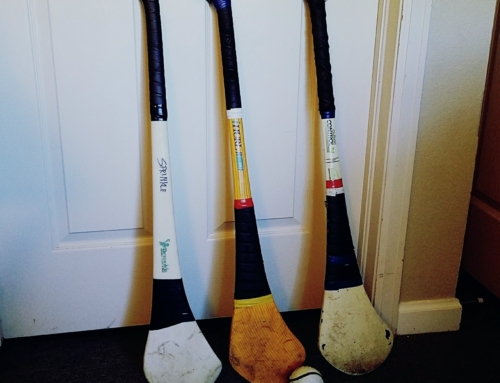Summary
In this part of the review, I will be commenting on the weight, feel, and pucking distance of the Cultec, iHurl, and Reynolds synthetic hurleys. I will also be commenting on the longevity of the Cultec versus the iHurl. Sadly I cannot comment on the longevity of the Reynolds yet, but after I play in 2 tournaments I will be able to reach a verdict! That will be after June 10th.
(The review will be my personal opinions and I have not received any payment or products to conduct this review)
(Repost from 5/20/2017 – CU Gaelic Club Blog)
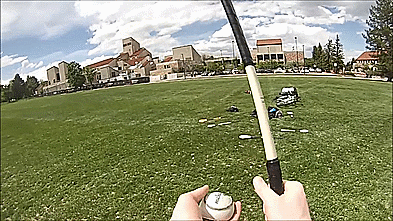
Observations

Cultecs have a tendency to get little cracks on the inside which take away from the integrity of the stick. In my experience and my teammate’s, the Cultecs tend to slowly degrade. I only noticed this when I would pick up a new Cultec and notice I can hit the ball further and the newer hurl was more consistent. The Cultec I used in this direct comparison has seen the 2016 NACB National Tournament and the 1st annual Western Regional NCGAA tournament. There are no visible cracks on the hurl, just small chips on the white casing which I don’t think would effect the stick’s integrity.
I bought the iHurl in February and have been using it for about 6 weeks. This hurl has beautifully survived our club’s spring break trip where we competed in the Music City Cup in Nashville followed by games in Memphis, St Louis, and Kansas City. As you can see, there’s a pretty substantial crack in the bas that arose from regular use and practicing sideline cuts.
The Reynolds hurl arrived in mid April and our club has not had any games since then so at this time I cannot comment on the longevity of the Reynolds hurley. So far I’ve seen that it is much more flexible than the other synthetic hurleys and feels similar to an ash hurl.
Cultec vs iHurl
In my personal opinion from 5 years of playing, 4 of which I was using Cultecs (and went through about 10 of them), I can confidently say that I will not be purchasing another Cultec any time soon. I’ve used hurls from each “generation” of Cultec hurls and every time they have failed me. Like I said above they slowly degrade over time without me knowing and I end up getting frustrated at myself for not being as accurate as I used to be and not being able to hit as far. I only know the hurl is “broken” when I pick up a new Cultec and strike with it.
When directly comparing my iHurl that has a substantial crack in the bas to my Cultec with no visible cracks, the iHurl still would hit further. When taking frees or long puck outs, I noticed the iHurl would hit at least 10 yards further than the Cultec which can make the difference in a game. Also whenever I used the Cultec, it did not feel good when I struck a sliotar, it almost felt uncomfortable. The iHurl on the other hand felt like a new synthetic hurl, almost like the day I first used it.
During short to mid range pucks, the Cultec and iHurl would hit about the same as well as hitting the wall. I’ve kept all my “broken” Cultecs from over the years to teach beginners when we were just working on hitting the wall and short passes.
When comparing a new Cultec to my iHurl, they are almost identical. The iHurl might be slightly lighter but the two hurls hit almost the same. The sweet spots are in the same spots on the hurls, the way the sliotar bounces off is the same, and the bas on both are the same. They are also priced similarly with the exception that when you get a bulk order of iHurls (I think at least 20) you can have your club’s logo printed on the handle. The only difference between the two is the longevity.
Now moving on to the Reynolds hurl! At first it was a little difficult getting used to because the weight and sweet spot are different from the other synthetic hurls. I haven’t used an ash hurl in a while, because of the dry climate, but the Reynolds did very much remind me of an ash hurl. When I caught the sliotar with the hurl, the hurl would flex more than the other synthetic hurls and the ball wouldn’t bounce as far away from me. This made it a lot easier to judge where the ball was going after it made contact with the stick. The hurl would also reverberate differently than a Cultec when I was striking out of the hand. It doesn’t pop like a Cultec does but it still strikes well.
One advantage the Reynolds has over a Cultec or iHurl is you can sand it. You are able to make the bas or toe a different shape if you want and if the hurl gets cracked at all you are able to smooth it out. I really like this about the Reynolds because I have gotten a few splinters from Cultecs over the years and from the iHurl.

Recommendation
If you like the feel of a Cultec, but like me are very frustrated with how often they break, I recommend you go over to playirishsports.com for an iHurl. They pretty much cost the same and the iHurl will ship to you in just a few days!
With that said don’t throw out your “broken” Cultecs! I’m glad I saved mine as I use those for teaching new people, running blocking and hooking drills (so we don’t damage our good hurls), , practicing sideline cuts, and for hitting the wall.
Like I said before, I have not played any games with the Reynolds yet so I sadly cannot comment on its longevity, but I really like playing with it so far. With that said I will be making another post during the summer after I’ve played in a few games and tournaments with it!

To summarize everything, the Cultec and iHurl are extremely similar in almost every aspect, except the iHurl for me has lasted much longer. So far I’ve really enjoyed using the Reynolds hurl and I will be writing another post after the Emerald City Cup on June 10 commenting on the longevity of the Reynolds and how well my iHurl is holding up.
Thanks for reading and let us know what you think!
Connect with us on social media so you get notified of our 2020 synthetic hurley review!



